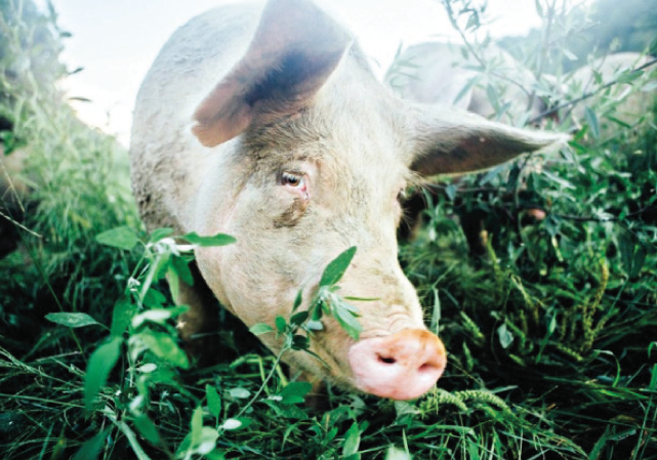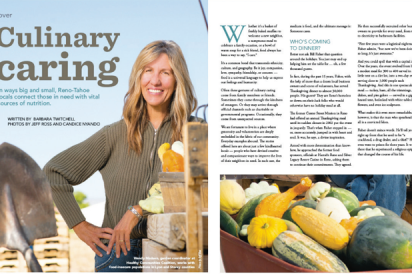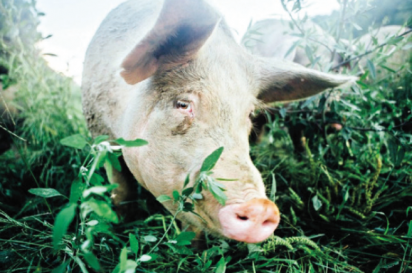Edible Browsing: Dec-Jan 2017
“There’s a trickle-down eff ect when it comes to educating consumers, (Chris) Baggott said. “Starbucks taught us how to drink coff ee. Sam Adams taught us about craft beer. Th ere was a time when we were all perfectly happy with Maxwell House, Gallo Wine and Bud Light. But these big producers gave rise to the wave of local coff ee shops, wineries and microbreweries we’ve devoted to today. So we’ve become coff ee and beer snobs, but many of us will still choose the cheapest pork chop in the case, even though we have no idea where it came from or how it was handled. We need to create the demand for the same quality in our food.”
Edible Indy, Special Issue 2016, “Local, Fresh, Relevant,” page 14
Whether it’s a basket of freshly baked muffi ns to welcome a new neighbor, a sumptuous meal to celebrate a family occasion, or a bowl of warm soup for a sick friend, food always has been a way to say, “I care.” It’s a common bond that transcends ethnicity, culture and geography. Be it joy, compassion, love, sympathy, friendship, or concern _ food is a universal language to help us express our feelings and humanity.
Edible Reno-Tahoe, Winter 2016, “Culinary Caring,” page 25
Many do not realize that curry is neither a specific spice blend nor a dish in its own right. In the 17th century, when the British occupied India, they fell in love with the local food. In an attempt to navigate the complexities of regional Indian preparations, they anglicized the South Indian Tamil word “kari” into “curry.” Kari (or curry) simply means sauce with spices in it.
Edible Austin, Cooks 2016, “Curry,” page 32
The now-typical factory farm life for pigs from birth to slaughter produces an enormous amount of stress, which is expressed hormonally through excessive levels of adrenaline. This breaks down the pigs’ glycogen resulting in meat that’s pale, acidic and crumbly. The technical term is pale soft exudative (PSE) meat, and yes, it’s as gross as it sounds. As it turns out it isn’t necessarily the chef who’s to blame _ it could be the farmer.
Edible Capital District, September/October 2016, “Why Only Heritage Pigs Should Fly,” page 36









